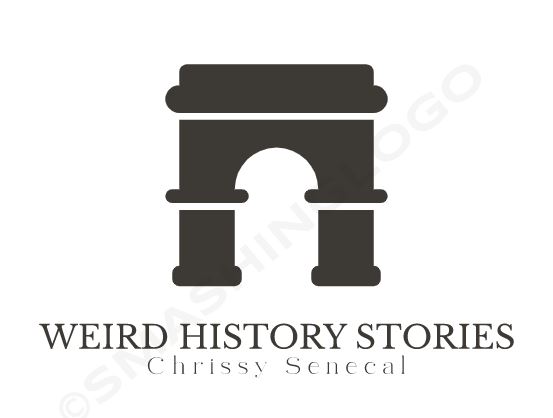Drop City, Colorado
With its emphasis on individualism and a legacy of folks who have imagined what a “perfect” society ought to look like, America has been a fertile ground for numerous Utopian communities. Here you see a picture of the first rural hippie commune in 1969: this was Drop City, Colorado.Formed in 1965 when three people — […]
Drop City, Colorado Read More »




















